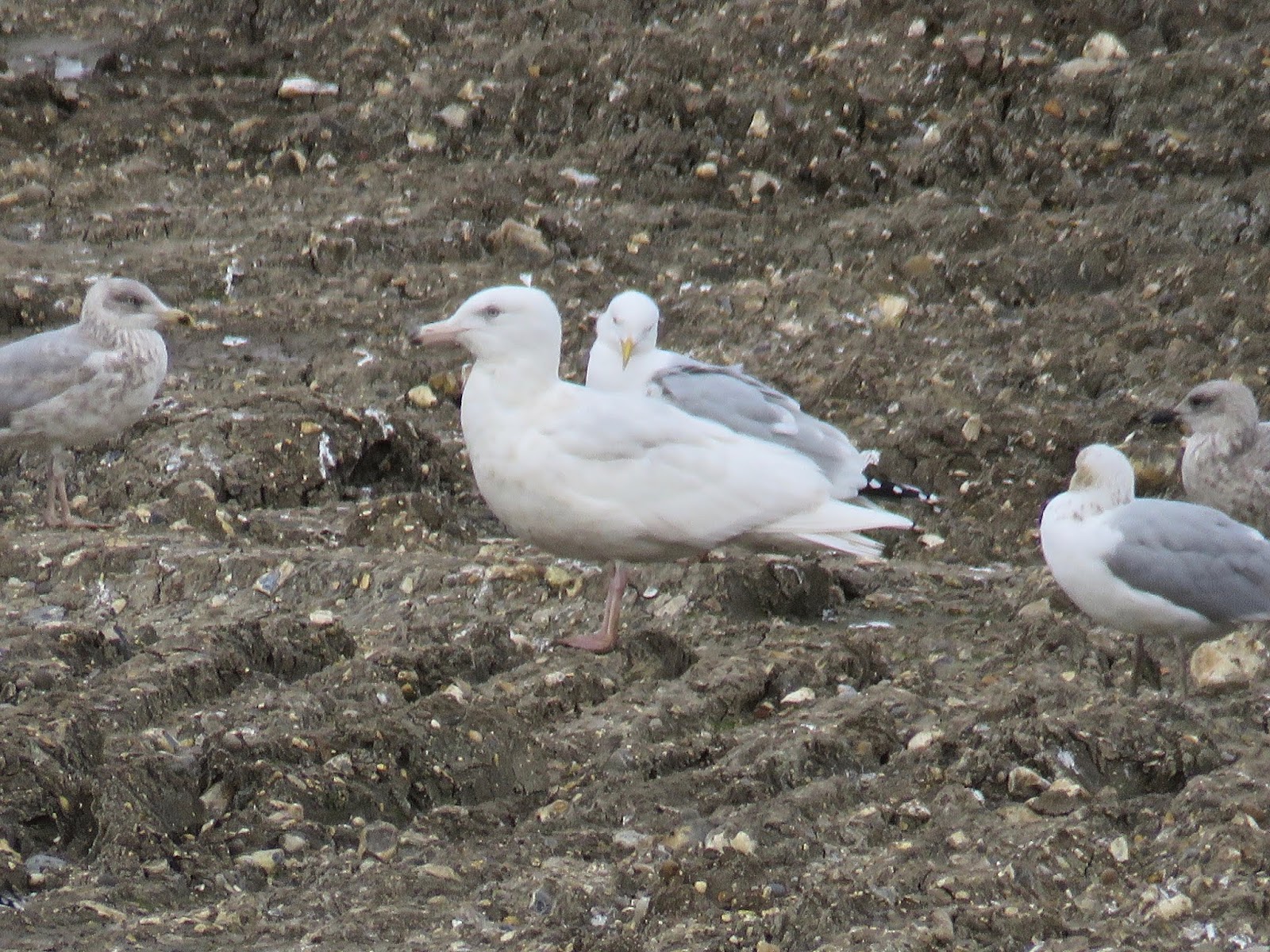Round one

So, that's the first month of the year already over - went quick, didn't it! It was also the first month of the great year-long Surrey v Northumberland patch challenge, in which I have taken on Stewart Sexton to see who can attain the highest percentage figure of our personal historic totals. It's all a bit of fun, but it really does act as a spur to get you out there and looking. I do have a distinct advantage in being retired (I still cannot get used to saying that) but then he can boast coastline and slightly younger eyes which will surely make up for my extra hours in the field... As I have moaned about elsewhere, the number of birds present locally has been very poor indeed. Passerines in particular have gone missing in action, with the star flock being the 110+ Skylarks that are being faithful to Walton Downs. Although the weather has turned colder during the past few days, it has been largely unremarkable and the lack of movement unsurprising. Down to th

















